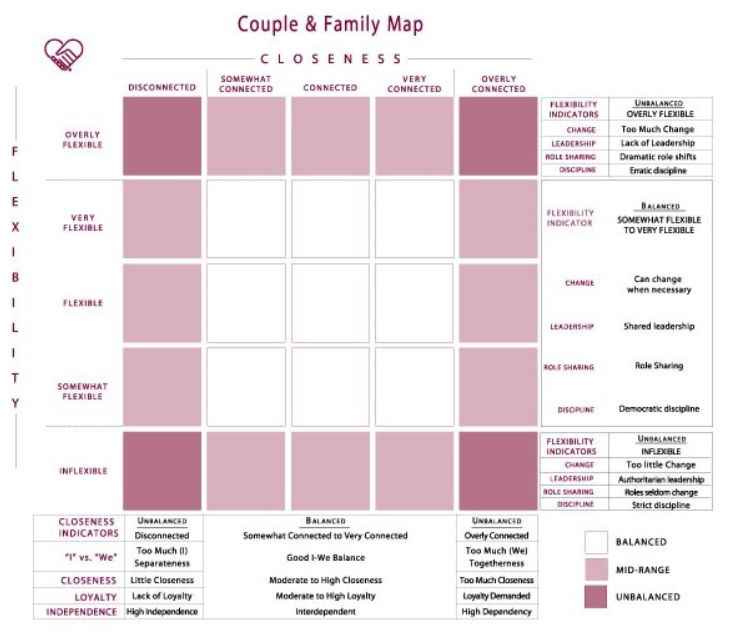Retail therapy
- rogerlinpsyd
- May 31, 2023
- 3 min read
Updated: Jun 7, 2023
What is retail therapy?
Retail therapy is buying something to make ourselves feel better. There are many reasons why retail therapy works. Shopping gives us a sense of control. The ability to choose what to buy, have the money to buy it, and decide to make the purchase, gives us an experience of agency and autonomy. The item you purchase can also make you feel better. Buying something you want and can enjoy, can make you feel happy. When you feel like things are not going your way, getting exactly what you want, feels good.
Even if you don't make the purchase, window shopping can help us feel better too. Visualizing what it'd be like if you owned the item can help redirect your attention away from what's bothering you. Thinking about owning something can spark your imagination of what it would be like to have it. Window shopping stimulates anticipation, excitement, and visualization of positive outcomes. Dopamine is released even before the purchase is made.
Once the purchase is made, there is excitement and anticipation of opening and using your newly purchased item. If you bought the item online, you look forward to when your package will arrive. If its a big ticket item that you need to save up for, there is the delayed gratification of working and saving to have enough money for the reward of buying it. Budgeting and saving up for your purchase gives you something to look forward to and to focus your attention and energy on.
Is retail therapy okay? When is it a problem?
Done in moderation and within your financial means, retail therapy can be a helpful coping mechanism. But taken to an extreme, retail therapy can become a problem. Retail therapy can become an addiction, a compulsive need to buy something to cope with anxiety, stress, or when things don't go your way.
Retail therapy is a problem when it is out of control. When you have financial difficulties because of uncontrolled shopping. When you have problems with work, school, or home because of your spending habits. When you spend too much time researching items. When you are preoccupied with buying something and can't be fully present in the moment. When you feel like you have to buy an unneeded item and cannot resist that urge. These are signs that retail therapy has become a problem.
How do you address retail therapy when it becomes a problem?
The key to addressing retail therapy is to understand what led to this behavior. Cutting up the credit card, and cutting off access to the funds won't fix it in the long run. The focus should be on understanding the underlying causes and addressing those issues. For example, a person may be having a problem with retail therapy because they feel lonely, unloved, and dissatisfied with life. Instead of focusing on changing their spending behaviors, it would be helpful to help them connect with people in their life and to experience enjoyable activities in their life. Or another example, a person may be turning to retail therapy instead of dealing with the problems they are having in their life. In order to address the retail therapy problem, they need to develop skills to face their problems instead of avoiding life's challenges.
Our behaviors, like retail therapy, can bring us excitement and happiness. But doing things in moderation is the difference between happiness and it becoming a compulsive problem. If retail therapy is becoming a problem in your life, redirect your need for control to a new positive behavior. Focus on working out, eating healthy, making new friends, or learning a new skill. You can be happy and excited to work towards those positive results instead of overly relying on retail therapy.

Comments